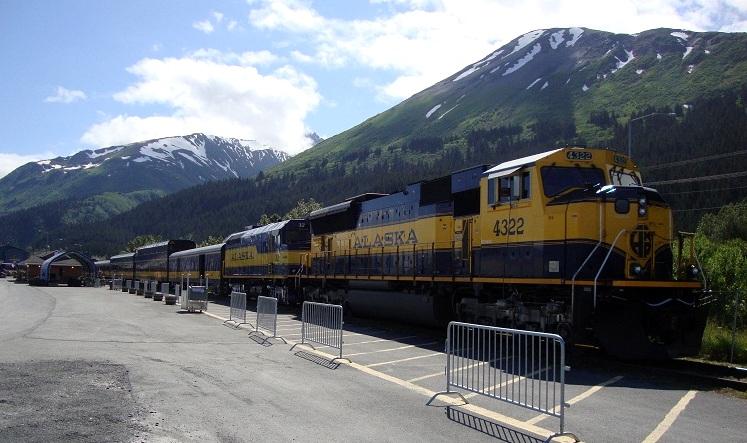A 121-year-old idea of a freight rail project connecting Alaska and Alberta has received an important push from Washington promising a presidential permit to begin preliminary survey work on the proposed 2,570-kilometre route.
On Sept. 29, U.S. President Donald Trump officially gave the green light to the Alberta-to-Alaska railway project, which would run from Fort McMurray, Alberta, through the Northwest Territories and Yukon, and terminate at Delta Junction in Alaska.





